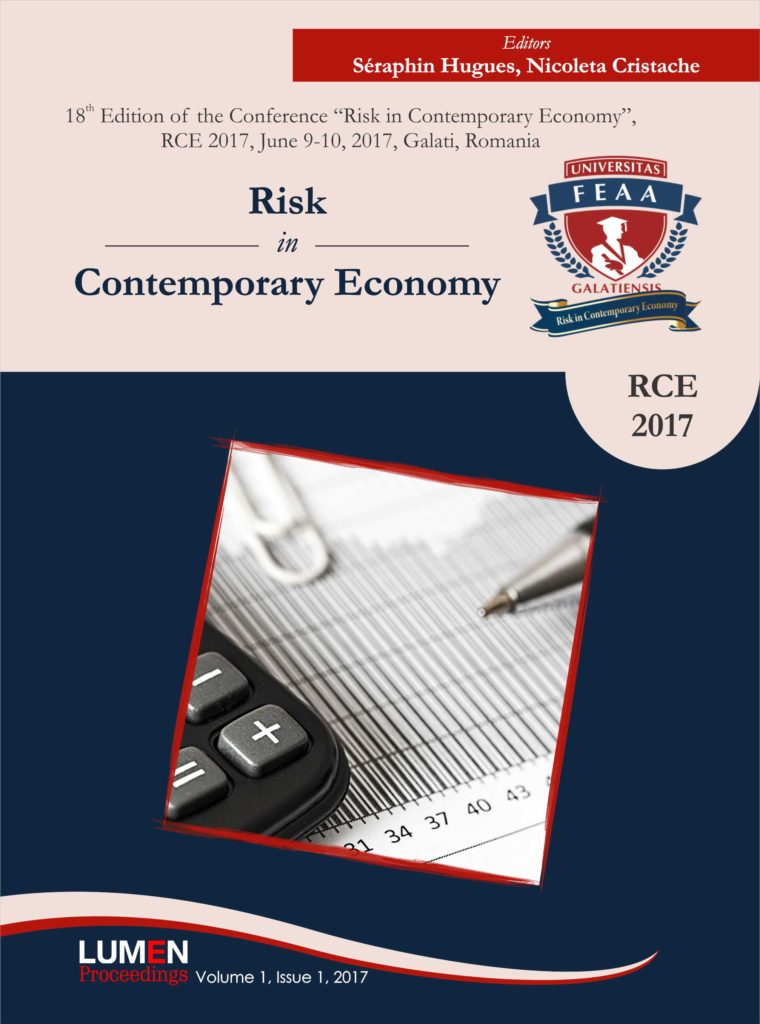Influences of the Capital Structure and the Cost of Capital on Financial Performance. Case Study on ENGIE Group
Influences of the Capital Structure and the Cost of Capital on Financial Performance. Case Study on ENGIE Group
Author(s): Elena Valentina Ivaşcu, Nicoleta Barbuta-Misu
Subject(s): Economy
Published by: Editura Lumen, Asociatia Lumen
Keywords: Financial performance; aggregate index; financial structure; solvency; weighted average cost of capital (WACC)
Summary/Abstract: The main objectives of the company's financial management are to ensure financial performances and to choose the capital structure that corresponds to the lowest total cost of capital. The purpose of this paper is to analyse the relationship between the capital structure and cost, and the financial performance of Engie Transnational Group, one of the most important global electricity producers. The data used were extracted from the Amadeus and Bloomberg databases for the period 2010-2015. Financial performance was analysed both by creating and proposing an aggregate index, as well as based on the Z Conan & Holder score. The company's financial structure was analysed on the basis of the total leverage ratio and for the total cost of capital, the weighted average capital cost formula was used. The results obtained at the Engie Group level show that the capital structure is predominantly indebted, and the maximum financial performance is obtained when the financial structure is minimal and the weighted average capital cost is maximum. The reversed relationship between the financial structure and the financial performance is in accordance with the financial structure theories of information asymmetry, pecking order and dynamic trade-off. The reversed relationship is confirmed in all Engie Group companies, except one company from United Kingdom.
Book: Risk in Contemporary Economy
- Page Range: 304-320
- Page Count: 17
- Publication Year: 2017
- Language: English
- Content File-PDF

